1. You Only Use 10% of Your Brain
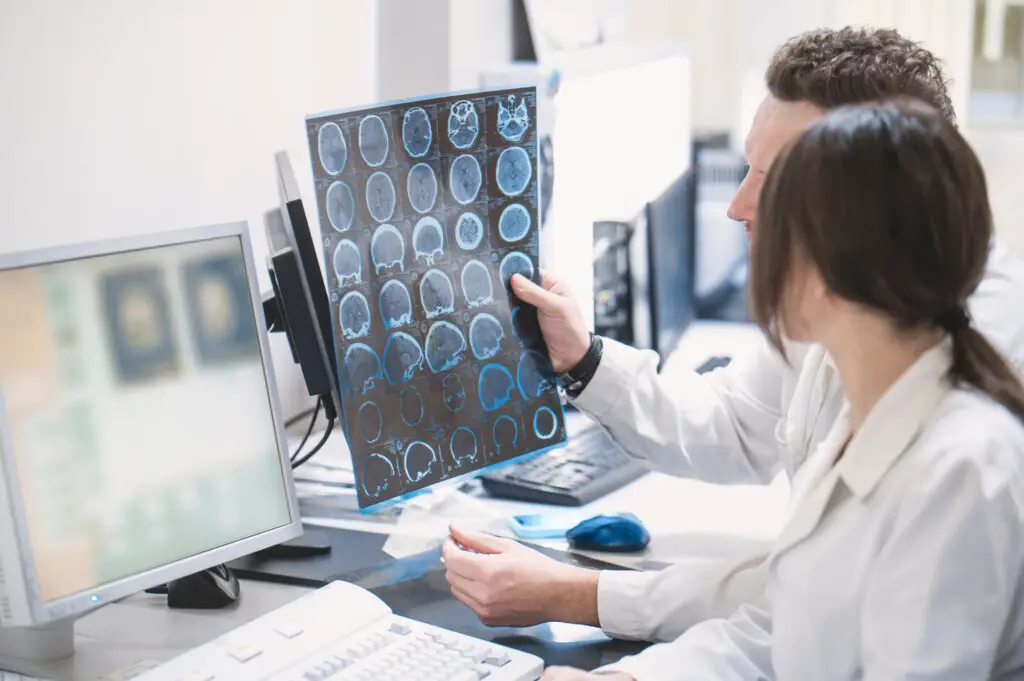
This one’s been floating around forever, probably because it sounds so mysterious and empowering—like we’re all secret geniuses waiting to unlock our full potential. But the truth is, brain scans show activity coursing through nearly every part of the brain, even when we’re resting or daydreaming. The idea that 90% of our brain is just sitting there unused is pure fiction. Neuroscientists have debunked this myth countless times, yet it still pops up in movies and motivational speeches.
The brain is a complex organ, and different regions handle different tasks—language, movement, memory, emotions. Even simple actions like picking up a pencil involve multiple areas firing in coordination. So while we might not be consciously aware of everything happening in our heads, that doesn’t mean it’s inactive. If we truly only used 10%, brain injuries would be far less devastating than they are. Turns out, we’re already using our brains to their full potential—we just don’t always give ourselves credit for it.
2. Hair and Nails Keep Growing After Death

It’s a creepy thought, right? The idea that your body keeps sprouting hair and nails after you’ve passed on has haunted biology classes and horror stories alike. But it’s not actually true. What really happens is that the skin dries out and retracts, making hair and nails appear longer. It’s an optical illusion, not a post-mortem beauty routine.
The myth likely stuck because it’s visually convincing and taps into our fascination with death. But scientifically, once the body dies, so do the cells responsible for growth. There’s no magical afterlife manicure happening. It’s just dehydration and shrinkage playing tricks on the eyes. So while it’s a spooky image, it’s not one based in biological reality.
3. You Have Five Senses

This one’s a classic—taught in elementary school and reinforced with catchy songs and posters. Sight, smell, taste, touch, and hearing are the big five, sure. But science says we’ve got way more than that. There’s proprioception (your sense of body position), equilibrioception (balance), thermoception (temperature), and even nociception (pain). Some researchers argue we have up to 33 distinct senses.
The five-sense model is just easier to teach and remember, which is probably why it stuck. But once you start thinking about how you know where your limbs are without looking, or how you sense hunger or time passing, it becomes clear that our sensory world is far richer. The human body is constantly gathering data from the environment and itself. So next time someone says “use your five senses,” feel free to correct them—politely, of course.
4. Gum Stays in Your Stomach for Seven Years

This myth has terrified generations of kids into spitting out their gum before dinner. But your digestive system isn’t some sticky trap—it’s actually pretty efficient. Gum is made of synthetic rubber and other ingredients that aren’t digestible, but that doesn’t mean it hangs around for years. It passes through your system like other indigestible materials and exits within a few days.
The myth probably started as a way to discourage kids from swallowing gum, which isn’t ideal but also not catastrophic. It’s true that swallowing large amounts could cause blockages, especially in small children, but that’s rare. For most people, a swallowed piece of gum is just a weird blip in their digestive journey. So while it’s not encouraged, it’s definitely not a seven-year sentence.
5. Cracking Your Knuckles Causes Arthritis
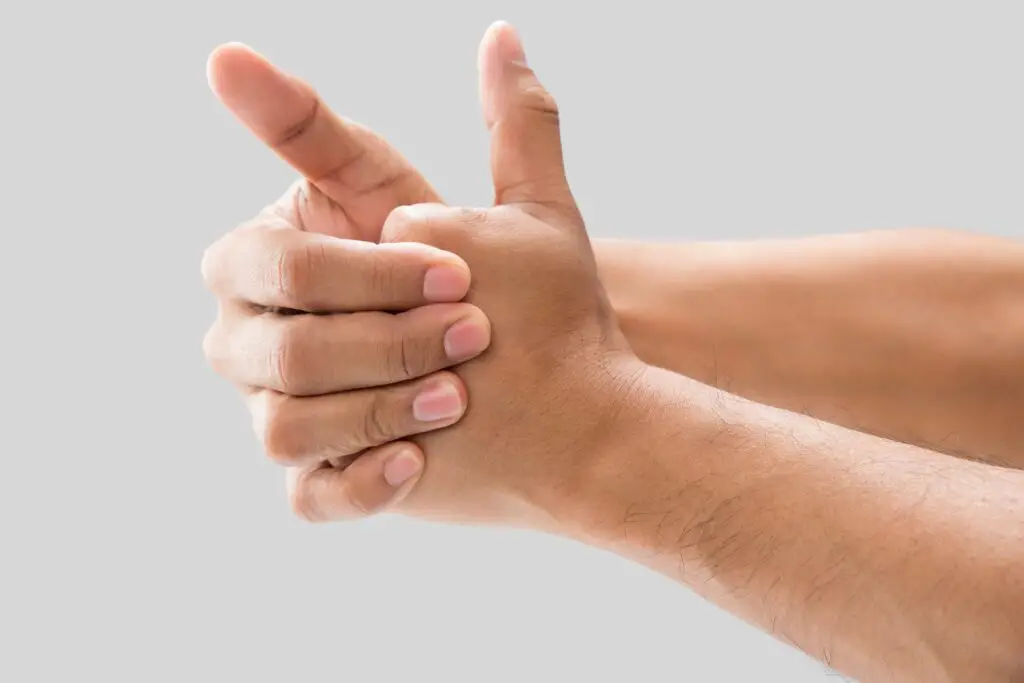
If you’ve ever cracked your knuckles and gotten a dirty look from someone, they were probably taught this myth in school or at home. But studies have shown that knuckle cracking doesn’t cause arthritis. The sound comes from gas bubbles popping in the joint fluid, not bones grinding together. It’s harmless for most people, though it might annoy everyone around you.
Long-term studies comparing knuckle crackers to non-crackers found no significant difference in arthritis rates. That said, excessive cracking could lead to hand swelling or reduced grip strength, but that’s more about overuse than disease. So if you’re a habitual cracker, you can breathe easy—your joints aren’t doomed. Just maybe save it for when you’re alone.
6. Blood Is Blue Until It Hits Oxygen
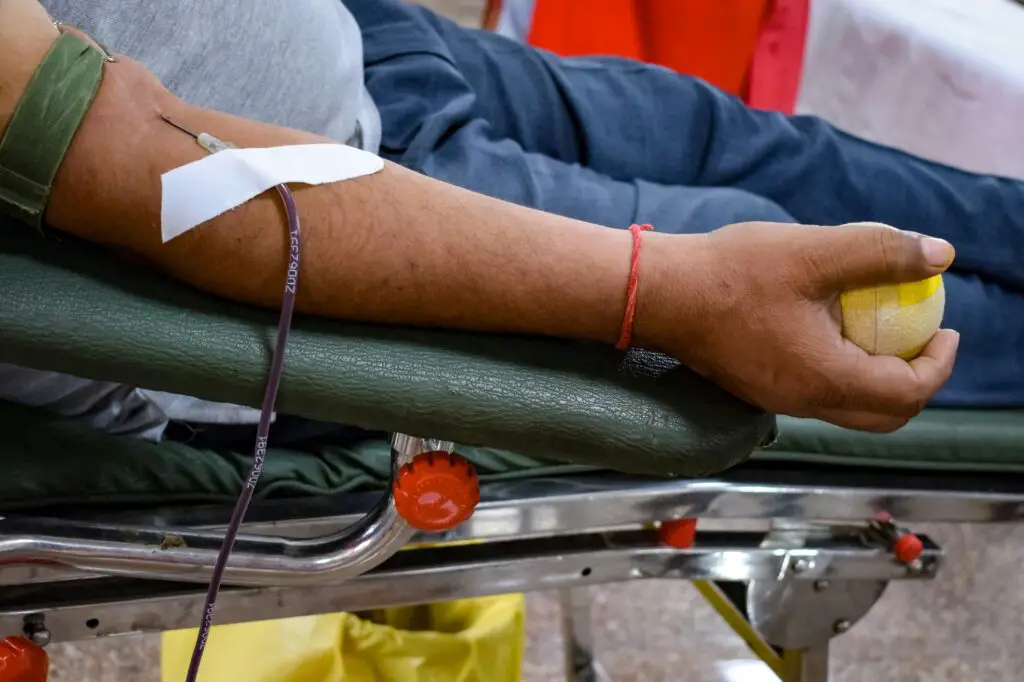
This myth probably comes from looking at your veins and seeing that bluish tint under the skin. But blood is never actually blue. It’s always red—bright red when oxygenated, and darker red when it’s not. The blue appearance of veins is due to how light penetrates the skin and reflects back, not the color of the blood itself.
In school diagrams, veins are often colored blue to differentiate them from arteries, which doesn’t help the confusion. But if you were to draw blood from a vein, it would still be red. The idea of blue blood is more poetic than scientific. So while it makes for a cool visual, it’s not how biology works.
7. Alcohol Kills Brain Cells
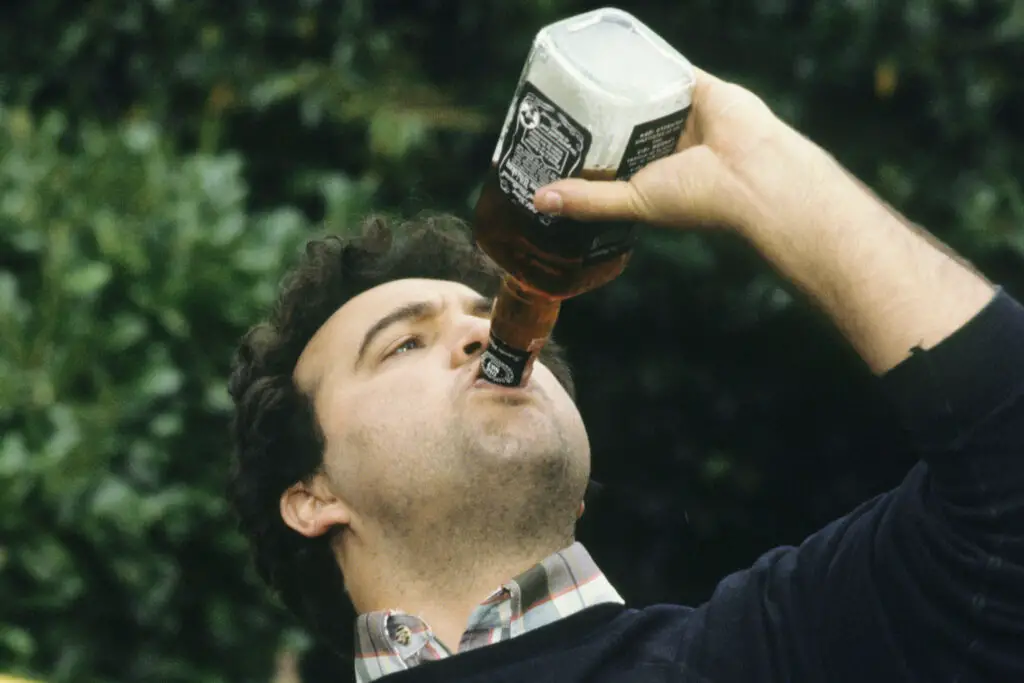
This one’s been used as a scare tactic for decades, especially in health classes trying to steer kids away from drinking. But moderate alcohol consumption doesn’t actually kill brain cells. What it can do is damage the connections between them and impair brain function temporarily. Chronic heavy drinking, however, can lead to long-term changes in brain structure and function.
So while alcohol isn’t exactly brain-friendly, it’s not the cellular massacre we were taught. The brain is resilient, and occasional drinking doesn’t wipe out neurons. That said, binge drinking and alcohol abuse can shrink brain tissue and affect memory and cognition. It’s less about cell death and more about disruption. So the myth oversimplifies a more nuanced reality.
8. Shaving Makes Hair Grow Back Thicker

This myth has been passed down like a rite of passage—especially to teens just starting to shave. But shaving doesn’t affect the thickness, color, or rate of hair growth. What happens is that shaving cuts the hair at the surface, leaving a blunt edge. As it grows out, that edge can feel coarser or look darker, but the hair itself hasn’t changed.
Hair growth is controlled by follicles beneath the skin, and shaving doesn’t touch them. The illusion of thicker hair is just that—an illusion. Studies have confirmed that shaving has no impact on hair texture or density. So if you’re worried about turning into a woolly mammoth after shaving your legs or face, rest easy. It’s just a myth with no scientific backing.
9. Eating Carrots Improves Night Vision

If you’ve been told munching carrots will give you the eyesight of a nocturnal owl, you’re not alone. This myth dates back to WWII-era propaganda, when British intelligence wanted to hide their use of radar by claiming pilots had night vision from eating lots of carrots. Clever, but not scientifically accurate. Carrots are high in vitamin A, which is important for eye health, but they won’t magically give you better vision in the dark.
Sure, a deficiency in vitamin A can cause vision problems, especially in low light. But once your body has enough, piling on more carrots won’t turn you into Batman. It’s a case of “good for you” being twisted into “superpower.” So keep eating carrots—they’re great—but don’t expect to gain night vision goggles as a side effect.
10. Swimming After Eating Causes Cramps

Ah, the classic summer rule: “Wait 30 minutes after eating before swimming!” Many of us grew up hearing this one. The idea was that digestion would divert blood from your limbs, making you prone to cramping and drowning. But in reality, there’s no evidence that eating before swimming causes serious issues.
You might feel a little sluggish after a big meal, which could make vigorous swimming uncomfortable—but that’s about it. Minor cramps happen to swimmers regardless of when they eat. Lifeguards and competitive swimmers routinely eat before training without keeling over in the pool. So feel free to dive in, even if you just had a sandwich.
11. You Swallow Eight Spiders a Year in Your Sleep
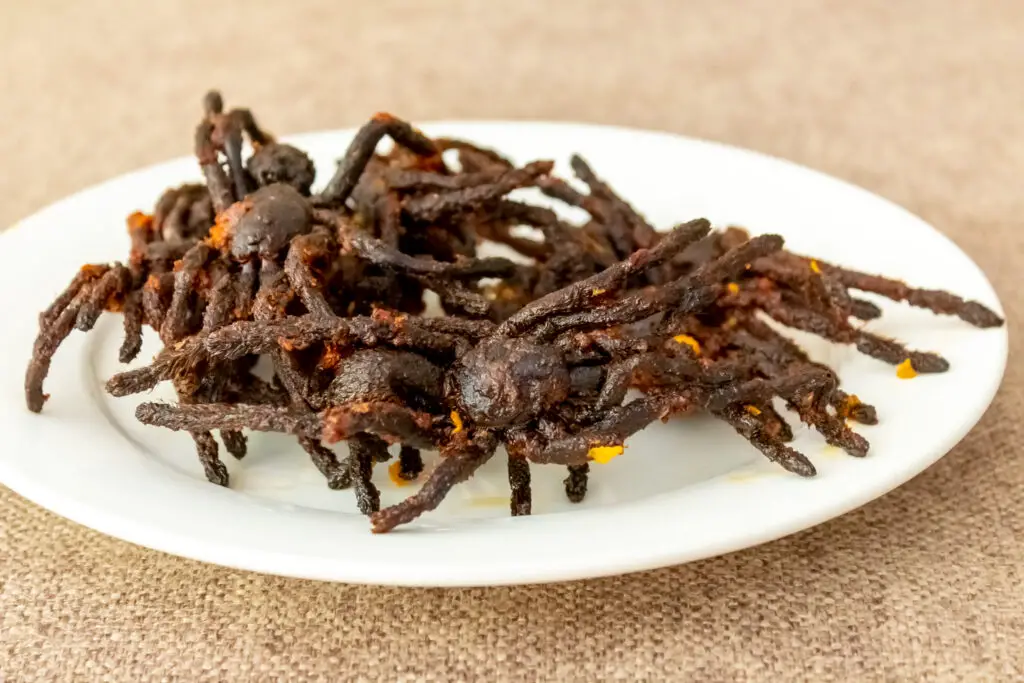
This one is deliciously creepy—and completely made up. The myth suggests spiders crawl into our mouths at night like it’s some kind of insect Airbnb. But spiders aren’t interested in people’s warm, noisy, breathing mouths. The vibrations we produce while sleeping actually scare them off.
The origin of this myth seems to be a fabricated example of how easily false information spreads online. Ironically, it became one of the most viral myths out there. While it’s technically possible to swallow a spider by accident, it’s highly improbable. So rest easy—your mouth is not a spider magnet.
12. Sugar Causes Hyperactivity in Kids

Ask any parent or teacher: the idea that sugar turns kids into uncontrollable bundles of energy is widespread. But numerous studies have found no link between sugar and hyperactivity. What does cause excitement? Parties, holidays, or the general thrill of getting a treat.
Often, it’s the context—not the cake—that’s fueling the chaos. Parents might simply associate wild behavior with sugar because the two often show up together. That said, high sugar intake isn’t exactly great for health, but it’s not a direct ticket to hyperactive mayhem. So next time your kid is bouncing off the walls, look at the surroundings before blaming the cookie.
13. Humans Explode in Space Without a Suit

Movies love this one—an astronaut rips off their helmet, and boom! Total body balloon. The reality is less dramatic. Without a space suit, you’d lose consciousness within 15 seconds due to lack of oxygen, and your body would expand slightly, but not explode. Space is unforgiving, but not cartoony.
The vacuum would cause swelling and possibly bleeding due to pressure differences, but you’d still remain intact. That doesn’t mean it’s safe—you’d need to be rescued fast. Space exposure is terrifying enough without turning it into a comic book death. So yes, wear the suit, but forget the Hollywood theatrics.
14. Your Tongue Has Different Zones for Taste
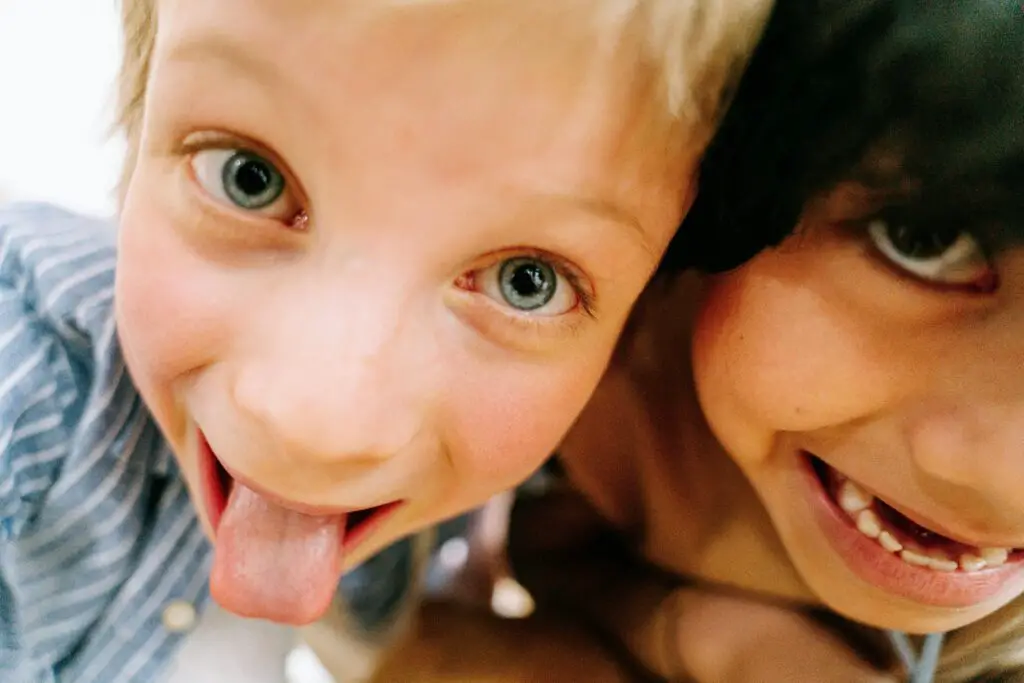
Remember the tongue map? Sweet in the front, salty on the sides, bitter in the back. It was in every science textbook for years. But researchers have since proven that taste buds capable of detecting all flavors are distributed across the entire tongue—not neatly zoned.
The confusion started from a misinterpretation of an old German study in the 1900s, which got distorted over time. While sensitivity can vary slightly in different regions, your tongue is much more versatile than the chart suggests. So go ahead, enjoy that sour candy with every part of your mouth. Your taste buds are all in on it.
15. Humans Didn’t Have Back Problems Until Modern Life
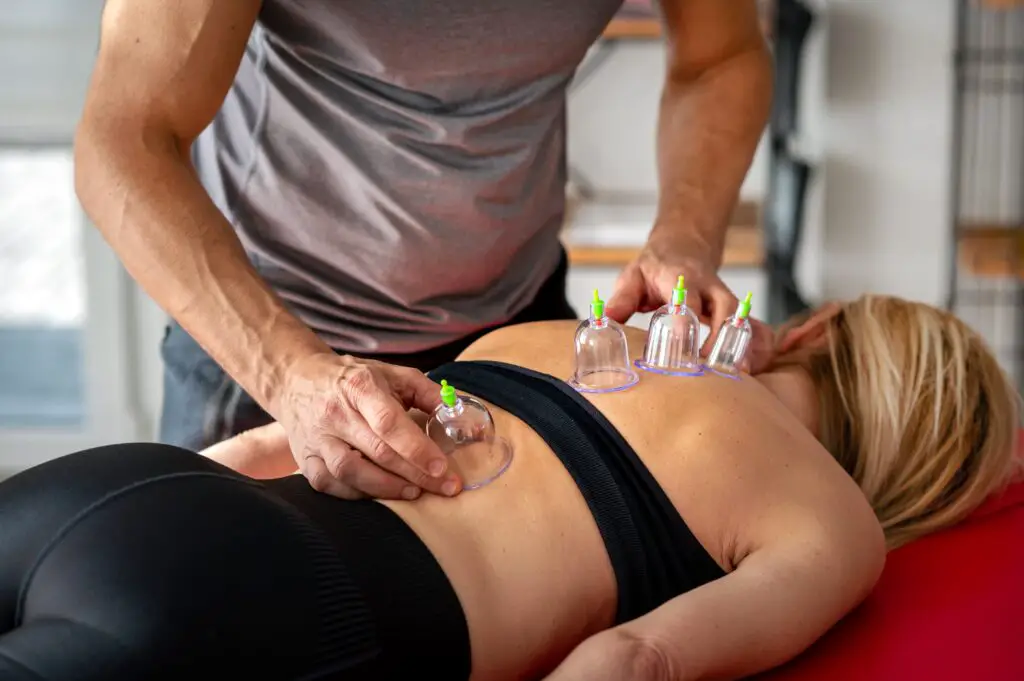
It’s tempting to blame chairs, screens, and sedentary jobs for our aching spines. But archaeological evidence shows that ancient humans also suffered from back pain, arthritis, and other joint issues. So while modern life definitely contributes, it’s not the sole villain.
In fact, upright posture has always been a bit of a trade-off. Walking on two legs freed our hands but also placed strain on our spines. Modern factors like poor posture and lack of movement can exacerbate things, but the problem isn’t new. Turns out, back pain is one of humanity’s oldest complaints.
16. You Can Sweat Out Toxins
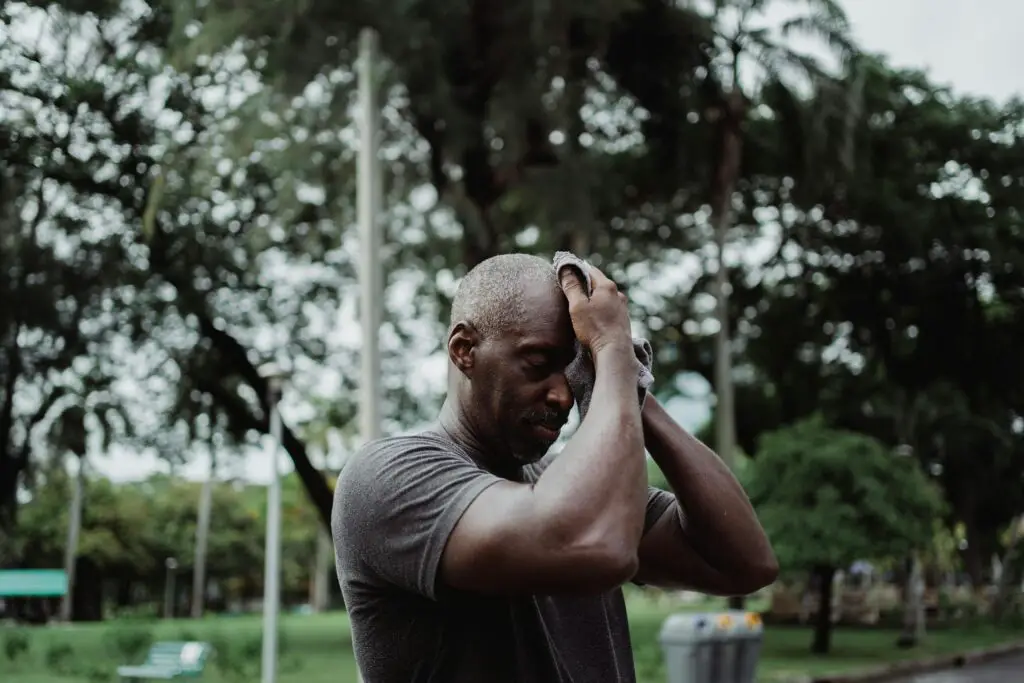
After a sauna session or an intense workout, it’s easy to believe you’ve flushed out all your body’s toxins through sweat. But that’s not how detoxification works. Sweat primarily cools the body and releases water and electrolytes, not harmful substances. Your liver and kidneys are the real detox MVPs.
Marketing around detox teas and sweat lodges has helped spread this myth. While sweating is healthy and can support well-being, it doesn’t clean your system like a Brita filter. So sweat because it feels good, not because you think you’re rinsing out last night’s pizza. Your organs already have that job covered.
17. Nails and Hair Are Made of Dead Cells
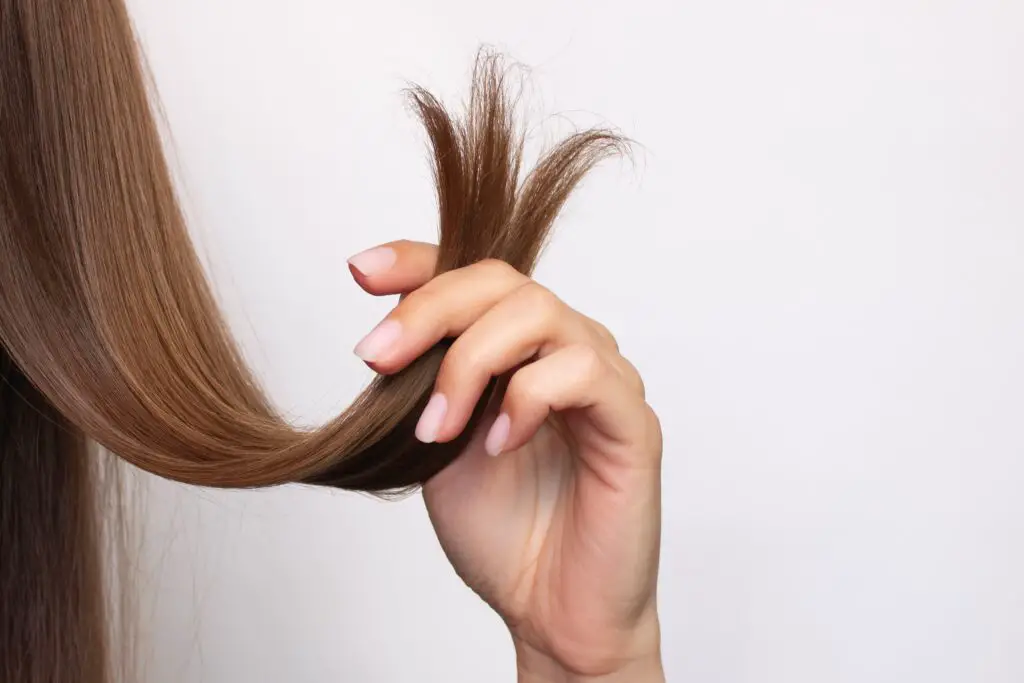
Okay, this one is partly true—but a little misleading. Technically, nails and hair are made of keratinized cells that are no longer alive. But they weren’t dead to start with, and their growth is controlled by living tissue beneath the surface. So calling them “dead” gives the wrong impression.
It’s a bit like referring to fruit as “discarded flower parts”—accurate, but weirdly clinical. Your nails grow from living cells in the nail bed, and hair grows from follicles nourished by blood. They’re not sentient, but they’re not inert, either. So maybe “non-living extensions of living tissue” is the more poetic truth.
18. The Left Side of Your Brain Is Logical, the Right Is Creative
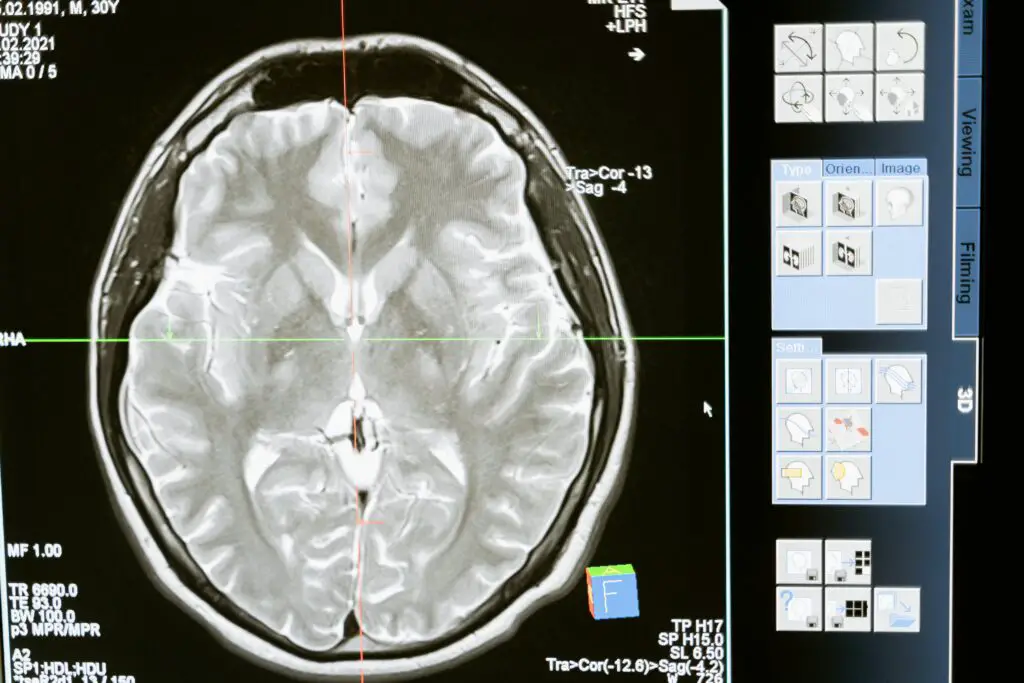
This one’s been mythologized to the point that people identify themselves as “left-brained” or “right-brained.” But the brain is way more integrated than that. While certain functions tend to be stronger on one side—like language on the left and facial recognition on the right—both hemispheres are constantly communicating.
Creativity, logic, emotion, and reasoning don’t live in isolated corners of your skull. Neuroscientists have shown that complex tasks engage multiple regions on both sides. So the idea of being “one-brain-type” is more poetic branding than scientific fact. Your brain is a team player, not a divided room of specialists.
